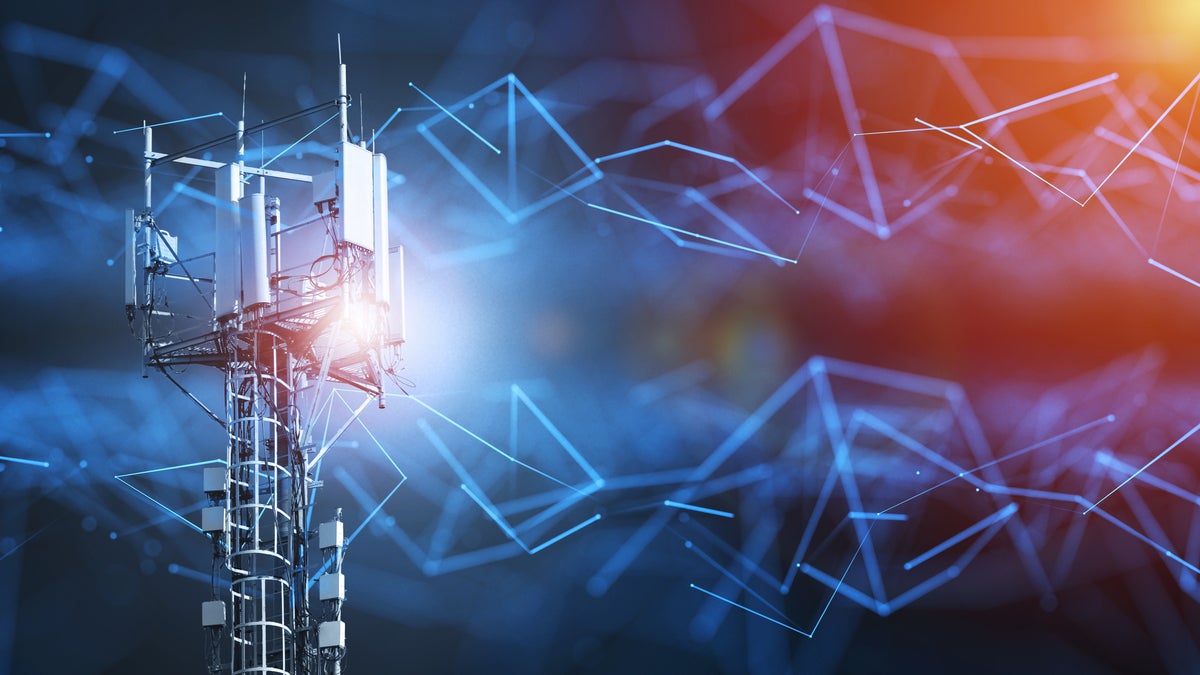- This ultraportable Asus laptop gives the M4 MacBook Air a run for its money - and it looks great
- I replaced my iPhone 16 Pro with the 16e for a week - here's my buying advice now
- I tested a Windows PC that outdoes the M4 Mac Mini in several ways - and it's on sale
- This portable Bluetooth speaker delivers room-filling sound at an extraordinarily low price
- Want to win in the age of AI? You can either build it or build your business with it
5G grabs 3G wireless frequencies, creating headaches for some enterprise cellular users

The end is near for 3G in the US, as AT&T prepares to shut down its network next week, with T-Mobile and Verizon to follow suit within the calendar year.
It’s a changeover long in the making, according to experts. The carriers, facing a spectrum shortage, have wanted to reuse 3G spectrum for newer-generation network technology for years, and the shortfall has only gotten worse as 5G begins to roll out. Verizon stopped supporting new 3G devices in 2018, and pushed back a planned 2019 3G shutdown until the end of 2022, according to IDC research manager Jason Leigh.
“The overwhelming argument is ‘we need spectrum it’s the lifeblood of 5G’, and if you’re seeing diminishing use on your 3G network, it’s not very cost efficient [to maintain],” he said.
The spectrum between roughly 850MHz and 2GHz used for 3G is prime wireless real estate for 5G, according to Gartner director analyst Bill Menezes.
“The mid-band low-band spectrum they’re using is a natural fit for 5G,” he said. “They want to re-farm that spectrum.”
That re-farming, however, is likely to prove a problem for at least some of the carrier’s existing enterprise customers, particularly those in the IoT space. Plenty of older devices, particularly in the utility and energy industries, still use 3G, and updating them to newer standards isn’t a seamless process.
“Most of the enterprise-relevant IoT devices [affected by the shutdown] are IoT,” said Menezes. “They have really long life-cycles, and they might take a lot more labor to get them updated.”
Devices in remote areas, or those that are rarely serviced—oil pipeline instrumentation, for example—are likely to be the biggest headaches in terms of replacement, he added, but there are still plenty of other 3G IoT devices out there.
And despite the fact that the carriers’ intentions to shut down 3G have been public for some time, Menezes said that the cellular IoT ecosystem is a complex one, meaning that not just the carriers but IoT service providers as well have to communicate changes to end-users.
Given the sheer number of moving parts, it’s no surprise that there have been some apparent hiccups, according to Leigh, though most of that is attributable to managed service providers, not the carriers themselves.
“I think [the carriers] have done as fair a job as they can in communicating this,” he said. “[But] is there still gonna be some pain? Absolutely.”
It’s important to remember that the stakes, for the carriers, are high, given their ongoing efforts to gain more of a share of the enterprise market, Leigh noted.
“Given how important the enterprise business is to carriers, the outreach has already been there,” he said.
Exactly how much inconvenience the 3G shutdown causes for a given enterprise user could be a great opportunity for those users to re-evaluate their relationships with particular vendors, according to Menezes.
“How well they’ve handled this should be a sign for how well they’re going to handle future changes,” he said.
Copyright © 2022 IDG Communications, Inc.

